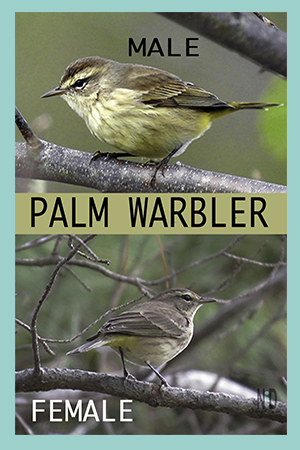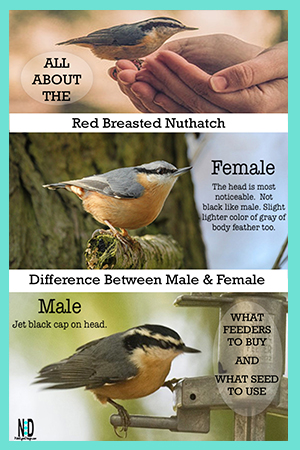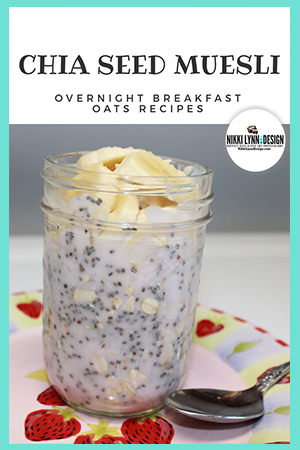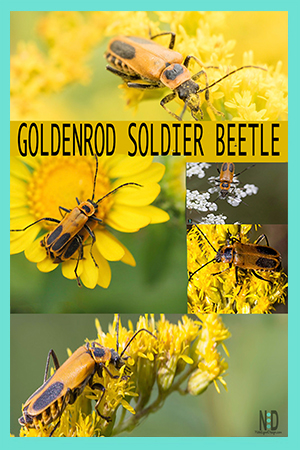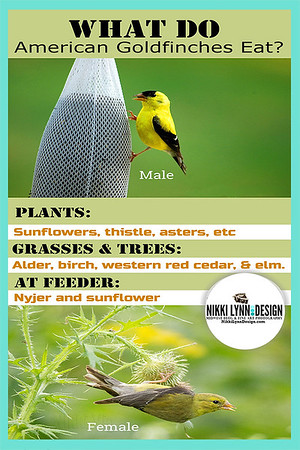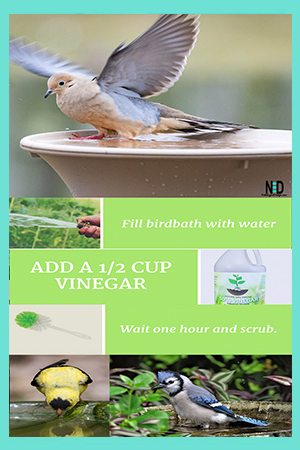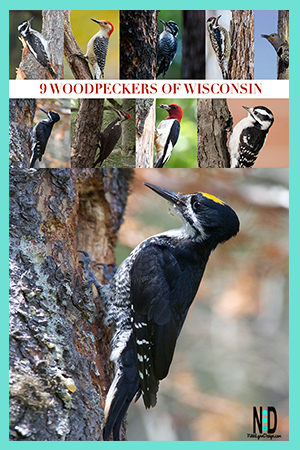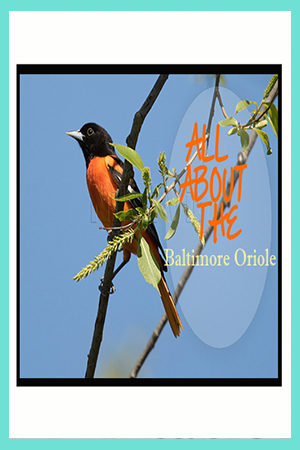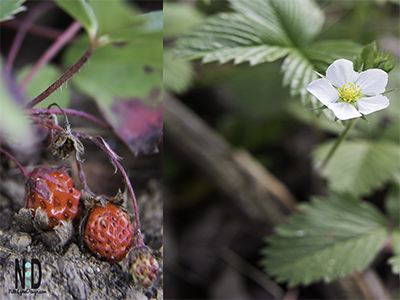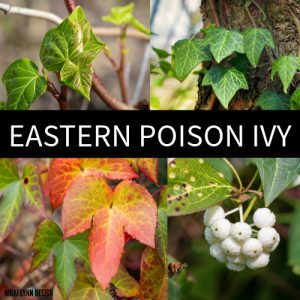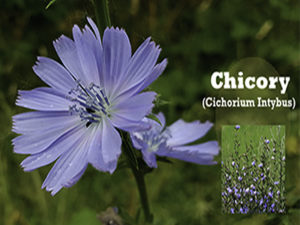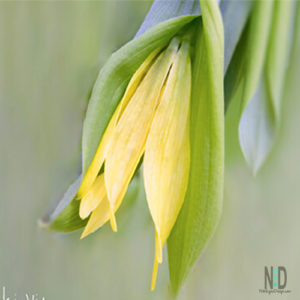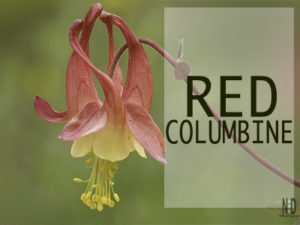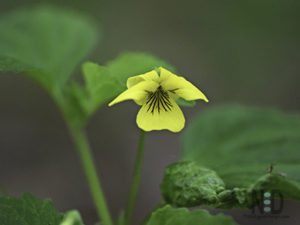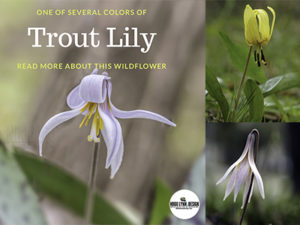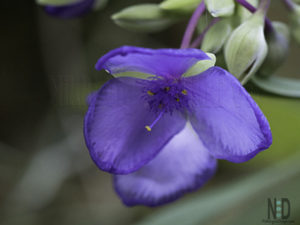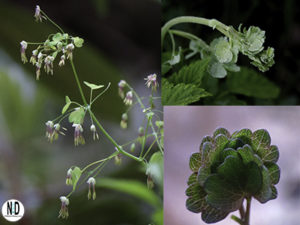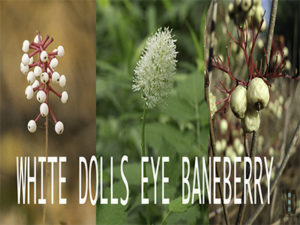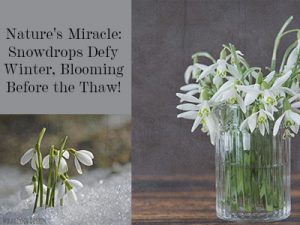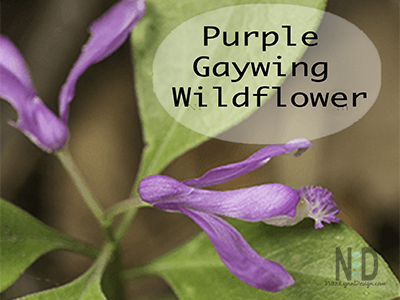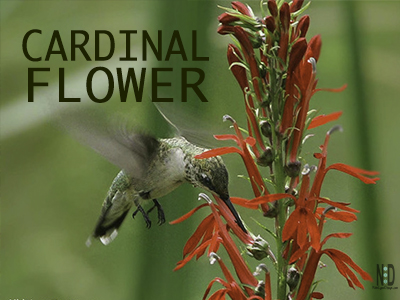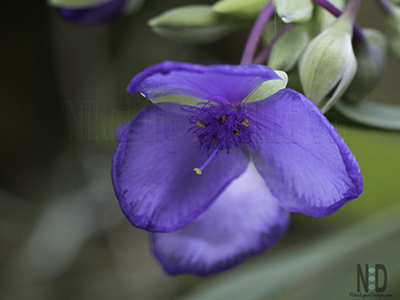The Wild Strawberry is common in open places in woods, on grassy slopes, and in similar situations. It flowers in April and May, and the fruit ripens in June and July.
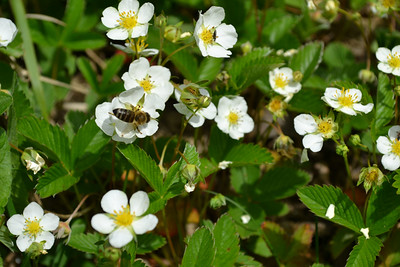
| Genus: | Fragaria vesca |
|---|---|
| Family: | Rosaceae (Rose) |
| Life cycle: | Perennial |
| Origin: | Native |
| Habitat: | Open places in woods, Grassy slopes, Cedar Swamps |
| Bloom season: | May, June |
| Plant height: | 5-6 inches high |
General Information
The root is perennial, reddish-brown outside, and white inside. The plant throws out long creeping runners, which afterward develop leaves, strike down roots, and become fresh plants. The stem is upright, 5 or 6 inches high, round, hairy above, and bare below. The leaves are trifid and stand on long stalks. The white flowers are also stalked, and stand at the summit of the plant. The calyx is flattened and hairy, and the petals are white and oval.
Wild Strawberry Fruit
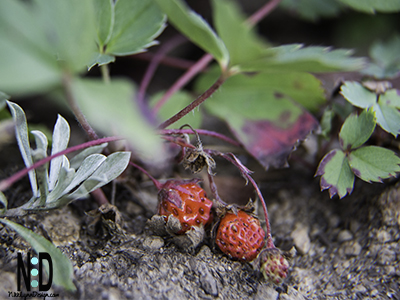
The wild strawberry fruit that ripens in June and July and is bright red and very juicy, it is much smaller than cultivated varieties of the strawberry, but many people prefer the flavor of the wild plant
Many insects often hide among cultivated strawberry plants, especially if they have been somewhat neglected and allowed to run at all wild. Among these are several kinds of Yellow Underwing Moths, brown, stout-bodied, downy moths, 2 inches in expanse, with bright yellow hindwings, with a black band varying in width according to the species, before the hind border.
The fruit, especially when over-ripe, is very liable to be attacked by slugs, earwigs, a small bright red centipede that is almost the color of a strawberry, and other pests.
Sharing Is Caring. Pin Me.
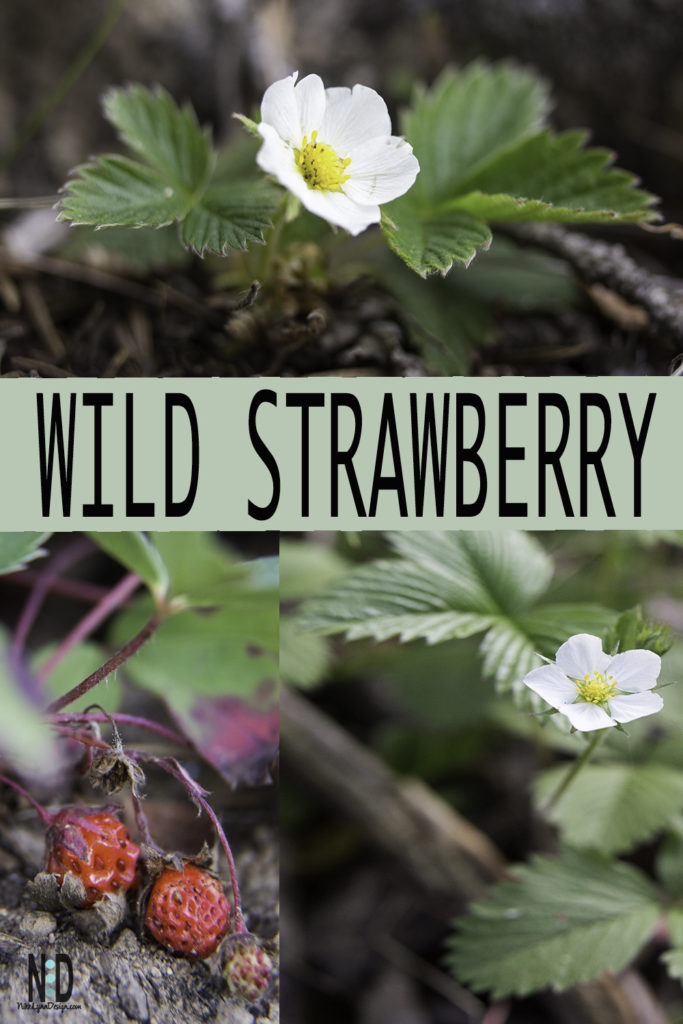
Wildflowers & Woodland Plants
March, April, May, June,
July, August, September
Additional Posts
